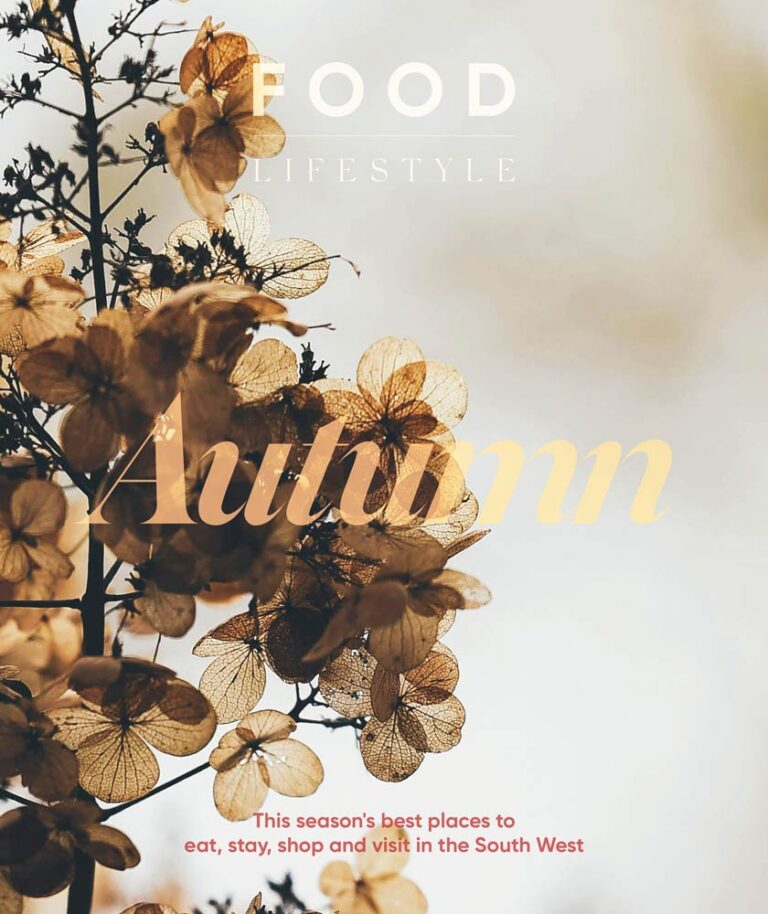
Port is a minefield of traditions through which the uninitiated tend to tread warily. Should you serve tawny, red or even white port? And what’s all that jazz about which way one should pass it?
Port is always being touted by wine buffs as the next big thing in drinks because, like sherry, it’s a relatively niche drink in the UK which hasn’t really enjoyed a moment in the spotlight for many a decade.
Fashionable or not, it does enjoy a loyal following among those who simply couldn’t imagine Christmas without a glass of vintage port and a sliver of stilton. However, it’s also regarded as a bit posh, a situation compounded by the peculiar rules about it needing to be passed around the table in a certain direction. So if you’re a port newbie but up for adding this rich sip to your festive table, here’s the low-down.
Wine, spirit or liqueur?
None of the above: it’s a fortified wine. Port is made by adding clear grape spirit to wine before it has finished fermenting and it’s this process that results in the smooth, full bodied and sweet sip that’s so beloved by great aunts and cheese fiends. Adding the spirit stops the fermentation process so the sugars that would have turned to alcohol stay as sugars.
A sip of history
Port certainly enjoys a long and distinguished heritage – we’ve been drinking it for a couple of thousand years. It’s exclusively made in Portugal’s Douro Valley and, in 1756, the vineyard area became the first in the world to be legally demarcated, so you won’t find port made anywhere else.
Pick your port
The two most commonly drunk types of port are red and tawny.
Red is aged for a relatively short amount of time in the barrel before being bottled. It can be drunk young or aged in the bottle for much longer to develop complexity. Purplish or crimson in colour, red port yields flavours of blackberry, raspberry and cinnamon.
Tawny port (or wood-aged port) is aged for a significantly longer period of time in wooden barrels and, on release, is dark amber in colour and bears nutty notes along with the flavours of dried fruits, caramel, fig and spice.
Also available is white port (usually served as an aperitif) and rosé port, which is growing in popularity and often served long and cold or as a cocktail ingredient.
Ageing in style
Age is a key way in which different types of port develop their characteristics. Tawny port is aged for anything from two to 40 years, developing its flavour profile with each passing year.
In the group of red ports, the most widely available is ruby port which is drunk young (not aged long in the bottle). It’s often at the cheaper end of the scale.
Also available are single quinta ports that originate from single estates and which can be very good.
However, if you really want to treat your guests to fireside sipping par excellence, plump for vintage port (from a declared vintage) which is aged for two or three years in the barrel and then further (very occasionally for over 100 years) in the bottle. Also available are late bottled vintage ports, which are aged for four to six years in the barrel before being drunk young.
To decant or not to decant?
There’s something rather grand about passing the port around the table in a decanter, but you only need to decant ports that are aged in the bottle such as crusted port, vintage and late bottled vintage, as they’ll be the ones with sediment.
Superb serves
Port is rather rich stuff and, with an ABV of 20 per cent, significantly stronger than wine so small servings are required.
White and rosé ports are best served cold as an aperitif, while red and tawny ports are perfect after-dinner sips, especially with the cheese course.
Cool red and tawny ports slightly to serve – tawny a little cooler than red. And, as for passing the port, the rule is: left around the table in a clockwise rotation.
Share First-timer’s guide to port with your friends

